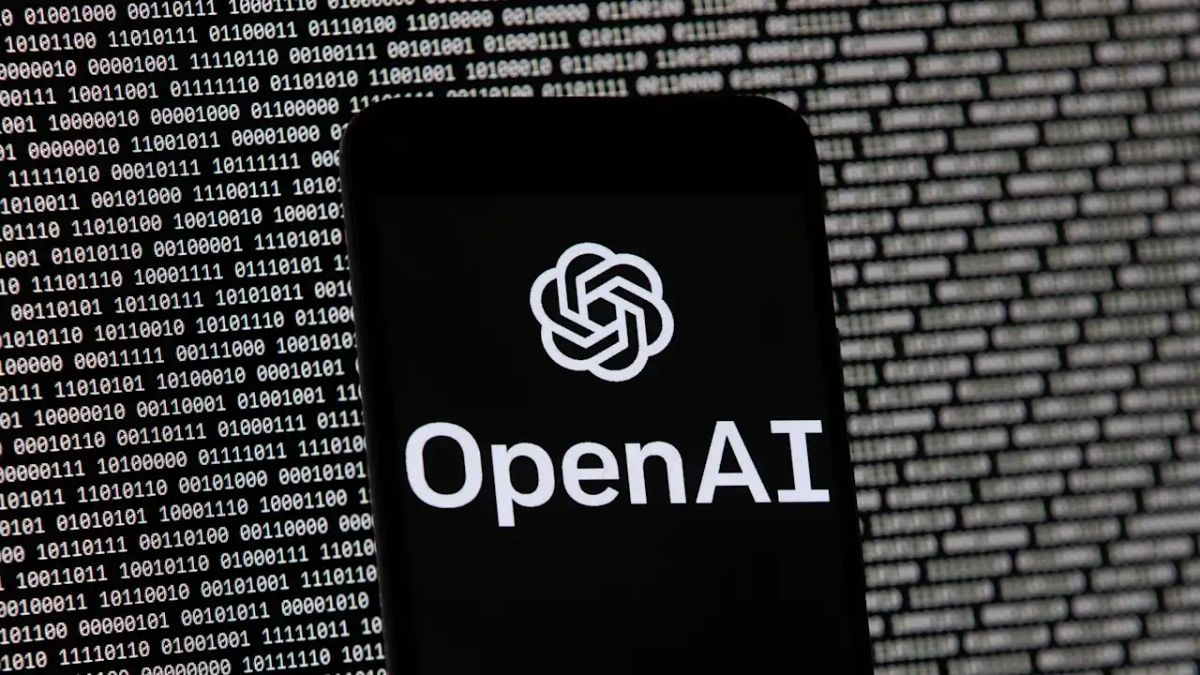ARTIFICIAL INTELLIGENCE
OpenAI Partners with AMD for AI Infrastructure Development
OpenAI has entered into a significant agreement with AMD to bolster its AI infrastructure, securing advanced chips and a potential stake in the semiconductor firm.
- Read time
- 3 min read
- Word count
- 781 words
- Date
- Oct 6, 2025
Summarize with AI
OpenAI has forged a strategic alliance with Advanced Micro Devices, a leading semiconductor manufacturer, to significantly enhance its AI infrastructure. This collaboration involves OpenAI procuring AMD's cutting-edge Instinct MI450 graphics chips, scheduled for release next year. The deal also includes an option for OpenAI to acquire up to a 10% stake in AMD, contingent on specific performance and share-price milestones. This partnership aims to diversify OpenAI's chip supply chain and meet the escalating demand for high-performance computing necessary for advanced artificial intelligence development, signaling a critical expansion of AI capabilities.

🌟 Non-members read here
OpenAI Fortifies AI Infrastructure with Strategic AMD Partnership
Artificial intelligence leader OpenAI has announced a landmark agreement with Advanced Micro Devices (AMD), a prominent semiconductor manufacturer, to collaborate on building next-generation AI infrastructure. This partnership will see AMD supply its advanced chips to OpenAI, aiming to significantly expand the computing resources essential for groundbreaking AI development. The deal underscores OpenAI’s ongoing efforts to scale its AI capabilities and diversify its technological partnerships in a rapidly evolving industry.
Under the terms of the agreement, OpenAI will procure AMD’s upcoming high-performance graphics chips, the Instinct MI450, expected to launch next year. This move is pivotal for OpenAI as it seeks to maintain its competitive edge and accelerate the advancement of its AI models, including the technology powering ChatGPT. The collaboration also includes a unique provision granting OpenAI the option to acquire a substantial equity stake in AMD, aligning the interests of both companies in the burgeoning AI landscape.
A New Era of Collaboration in AI Computing
The agreement details that AMD will supply 6 gigawatts of computing power for OpenAI’s “next generation” AI infrastructure. The initial deployment of chips, valued at 1 gigawatt, is slated for the latter half of 2026. This significant infusion of computing power is crucial for training increasingly complex AI models and handling the immense data processing demands of advanced artificial intelligence applications.
OpenAI’s CEO, Sam Altman, emphasized the strategic importance of this partnership, stating that it represents a significant step towards achieving the compute capacity necessary to unlock AI’s full potential. He highlighted AMD’s leadership in high-performance chips as a catalyst that will enable OpenAI to accelerate progress and bring the benefits of advanced AI to a broader audience more quickly. This sentiment reflects the industry’s pressing need for robust and scalable computing solutions to fuel the AI revolution.
Furthermore, the deal includes a warrant allowing OpenAI to purchase up to 160 million shares of AMD’s common stock. This figure represents approximately 10% of the chipmaker, based on AMD’s current 1.6 billion outstanding shares. The vesting of this warrant is tied to specific performance milestones, including the amount of computing power deployed and unspecified share-price targets. This innovative equity component further cements the long-term nature of the partnership, creating a mutual incentive for success.
Following the announcement, AMD’s shares experienced a notable surge, climbing 25% in pre-market trading. In contrast, shares of Nvidia, a dominant player in the AI chip market, saw a slight decline. This market reaction indicates the significant impact of the partnership, positioning AMD as a stronger contender in the high-stakes AI semiconductor arena and signaling a potential shift in the competitive landscape.
Diversifying the AI Supply Chain
This alliance represents a significant boost for Santa Clara-based AMD, which has historically trailed behind its formidable rival, Nvidia, in the burgeoning AI chip market. For OpenAI, the deal signifies a strategic move to diversify its supply chain, reducing its reliance on a single provider for critical AI computing resources. The insatiable demand for Nvidia’s graphics processing units (GPUs), driven by the AI boom, has propelled the company’s valuation to unprecedented heights, making it one of the world’s most valuable corporations.
The diversification strategy is a prudent measure for OpenAI, ensuring greater resilience and flexibility in its infrastructure development. By integrating AMD’s technology, OpenAI can mitigate potential supply chain risks and foster a more competitive environment among chip manufacturers. This move could also drive innovation across the semiconductor industry, as companies vie to meet the escalating and specialized demands of leading AI developers.
Analysts from Barclays noted that the OpenAI-AMD deal is not necessarily about diminishing Nvidia’s market share but rather highlights the immense scale of computing power required to satisfy current and future AI demands. They pointed out that the ecosystem is “desperate for more compute,” suggesting that multiple providers are needed to meet the industry’s voracious appetite for processing capability. This perspective underscores the massive growth trajectory of AI and the foundational role of hardware in its advancement.
Last month, OpenAI and Nvidia announced a separate $100 billion partnership aimed at adding at least 10 gigawatts of data center computing power. OpenAI and its partners have already begun installing hundreds of Nvidia’s GB200 computing racks, each containing dozens of specialized AI chips, at the flagship Stargate data center campus under construction in Abilene, Texas. These dual partnerships illustrate OpenAI’s expansive strategy to secure vast amounts of computing power from multiple sources, reinforcing the idea that the demand for AI compute far outstrips the current supply. The sheer scale of these investments reflects a future where AI infrastructure will be a cornerstone of technological progress, requiring unprecedented levels of capital and collaboration across the tech industry.